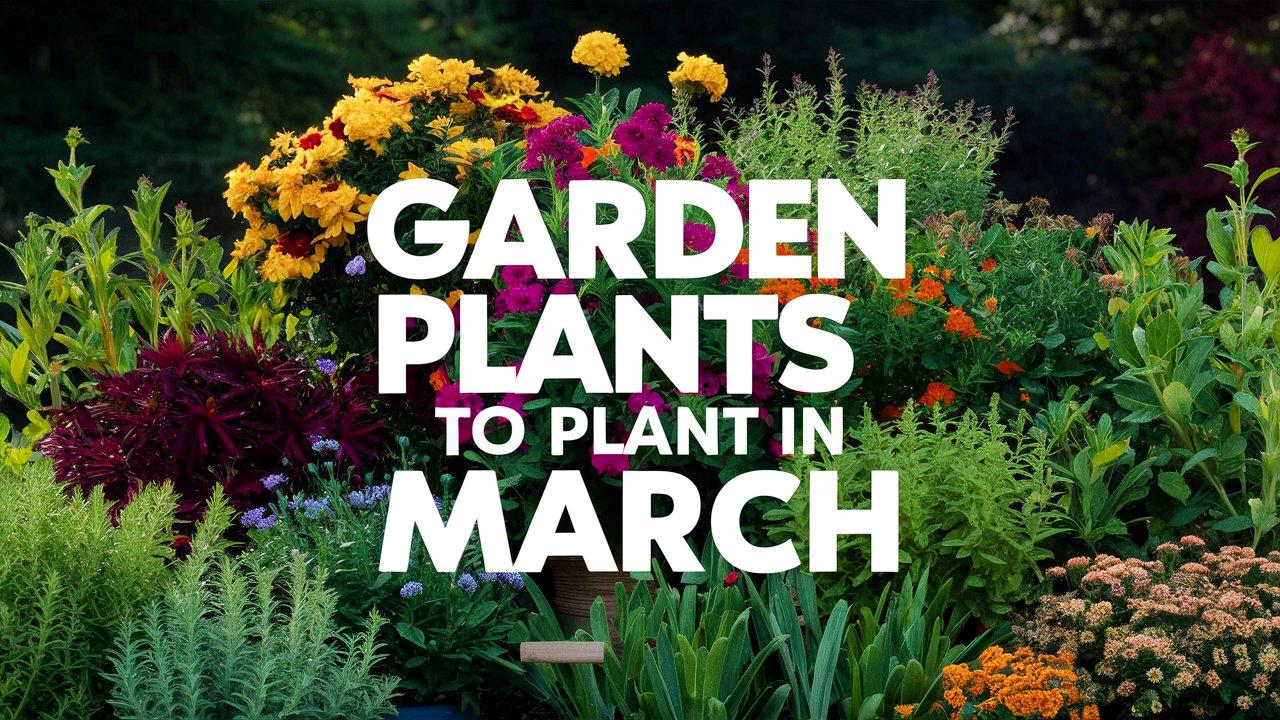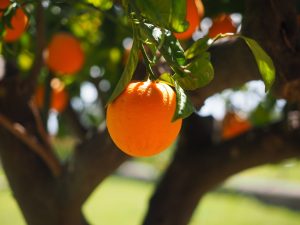March marks the awakening of spring and is a crucial month for gardeners, especially those in temperate regions. As the last frosts begin to fade, this is the perfect time to prepare your garden beds for a bountiful harvest.
This article will discuss a selection of plants that thrive when planted in March, focusing predominantly on vegetables, herbs, and some beautiful ornamental additions for your landscape.
Spinach
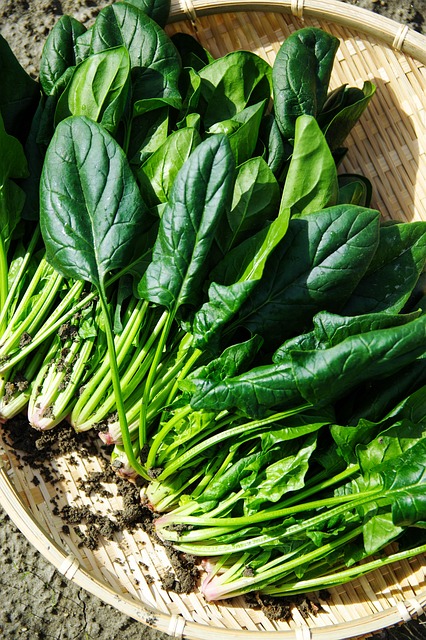
Spinach is one of the most beneficial cool-weather crops you can grow. Not only does it germinate quickly, typically within 5 to 10 days, but it also thrives in cooler temperatures, making March an ideal planting time. Spinach is rich in vitamins A, C, and K, iron, and magnesium, making it a powerhouse in any garden.
To plant spinach, prepare your soil by tilling it into a fine texture and ensuring it has good drainage. Plant seeds about half an inch deep and 2 inches apart in rows that are 12 to 18 inches apart. Keep the soil moist and be vigilant about weeds as they can compete with your young spinach plants for nutrients.
Lettuce
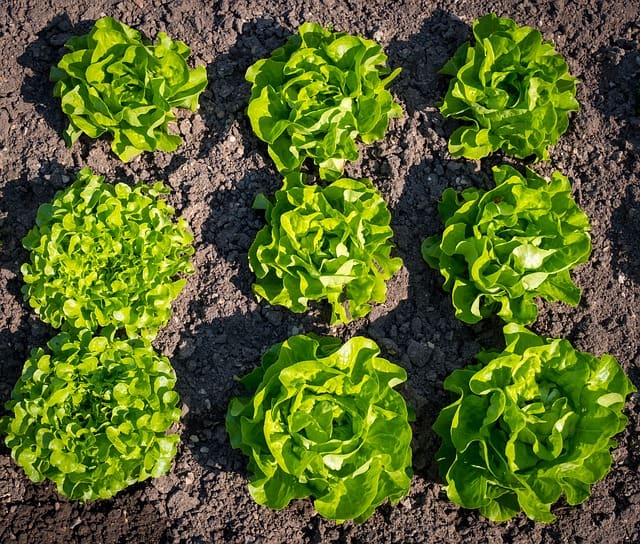
Lettuce is a fast-growing salad crop that you can sow directly into your garden as early as March. Varieties such as leaf lettuce, romaine, and butterhead are particularly popular among gardeners for their crisp texture and delightful flavors. Lettuce prefers full sun but can also tolerate partial shade, especially as the weather warms up.
Seedlings can be sown either in rows or in clusters, depending on the variety. Lettuce seeds should be sown shallowly, about a quarter of an inch deep. After germination, which takes about 7 to 14 days, thin out the seedlings to avoid overcrowding, allowing about 6 to 12 inches between plants, depending on the type.
Radishes
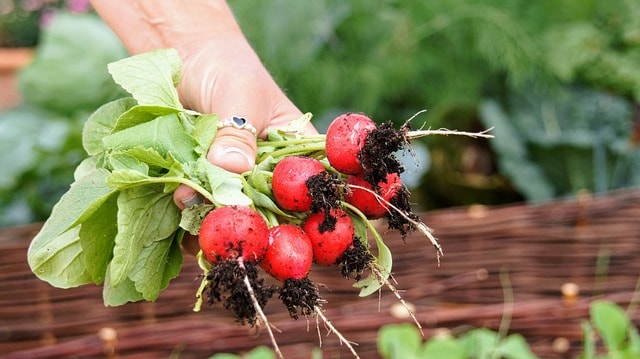
Radishes are among the fastest-growing vegetables, making them perfect for beginners. They can be planted in March and typically mature within 25 to 30 days. Radishes thrive in well-drained, loose soil and prefer moderate moisture. This crunchy root vegetable comes in various sizes and colors, from classic red to white and even black.
Sow radish seeds about half an inch deep and one inch apart in rows spaced 12 inches apart. They do well when sowed every couple of weeks throughout spring for a continuous harvest. Experimenting with different varieties can provide an interesting twist, as some are spicy while others are milder.
Carrots
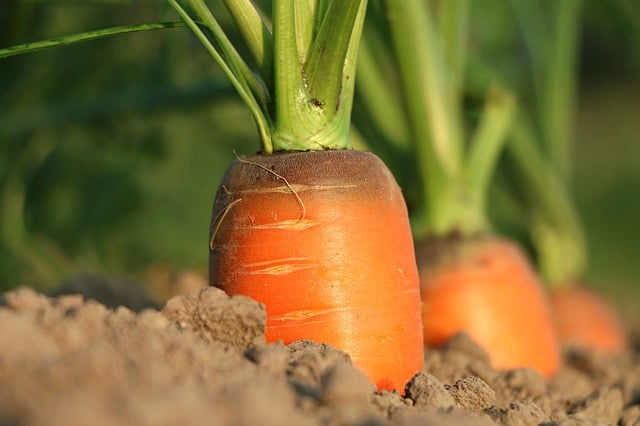
Carrots are a beloved garden staple that can be planted in March. They grow best in deeply tilled, sandy loam soil, so proper soil preparation is vital. Carrots take longer to mature than some of the other crops listed here, usually 70 to 80 days, but the wait is worth it for their sweet, crunchy roots.
Sow carrot seeds directly into the soil about a quarter to a half-inch deep, spacing them 2 to 4 inches apart in rows 12 to 18 inches apart. Keep the soil consistently moist until the seeds germinate, which can take 14 days or more. Thinning the seedlings will ensure that they have enough space to develop properly.
Beets
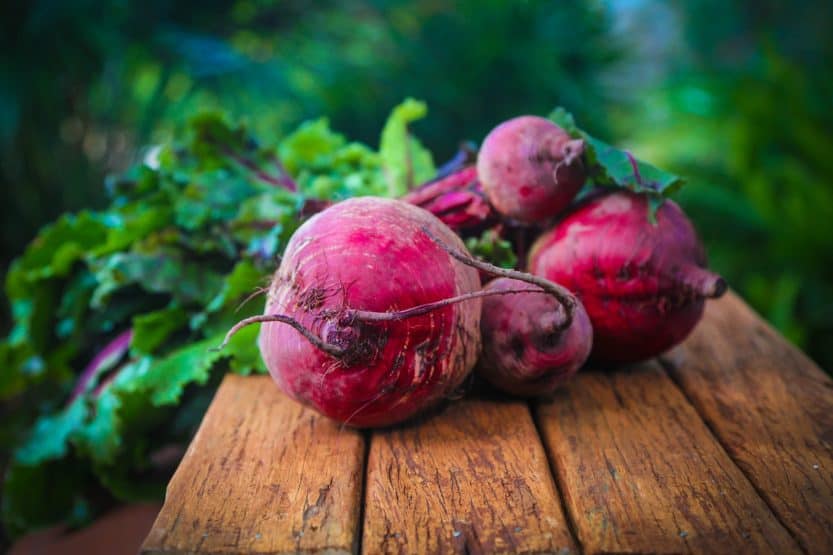
Beets are not just a nutritious root vegetable but also a beautiful addition to your garden, with colorful and edible greens. March is ideal for sowing beet seeds, as they prefer cooler weather and can be harvested in about 50 to 70 days.
Plant beet seeds about an inch apart and half an inch deep in well-drained soil. Beets can be direct-seeded, and given their ability to tolerate a light frost, they are quite hardy. They require consistent moisture, and thinning is crucial, as this will help ensure that the beets grow without competition for nutrients.
Peas
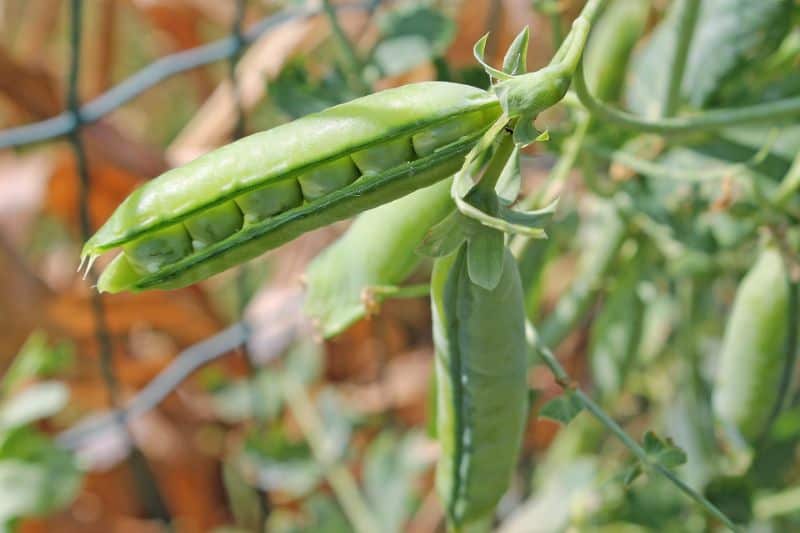
Peas are one of the simplest legumes to plant in March. These delightful green pods thrive in cool weather and are perfect for early spring planting. It’s best to choose a sunny location with rich, well-drained soil.
Plant pea seeds about 1 to 2 inches apart and 1 to 2 inches deep. As the plants grow, provide them with support, such as a trellis or stakes, to help them climb. Keep an eye on the moisture levels in the soil, as peas prefer consistently moist conditions.
Kale
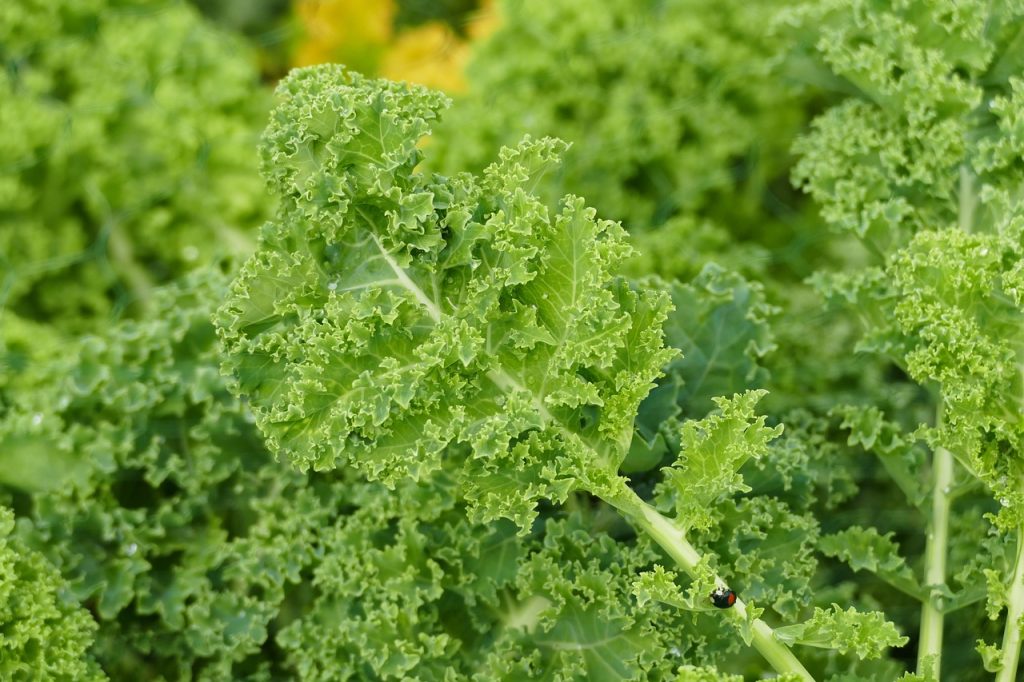
Kale is a versatile superfood that grows well in cool temperatures making March an excellent time to plant. It can be eaten fresh in salads or cooked in a variety of dishes. Kale is also a hardy plant that will survive frost, making it a great choice for early planting.
To sow kale, space the seeds 6 inches apart and plant them about half an inch deep. After emergence, thin the seedlings to allow for healthy growth. Kale is forgiving; it can tolerate various soil types, although loamy, well-drained soil will yield the best results.
Broccoli
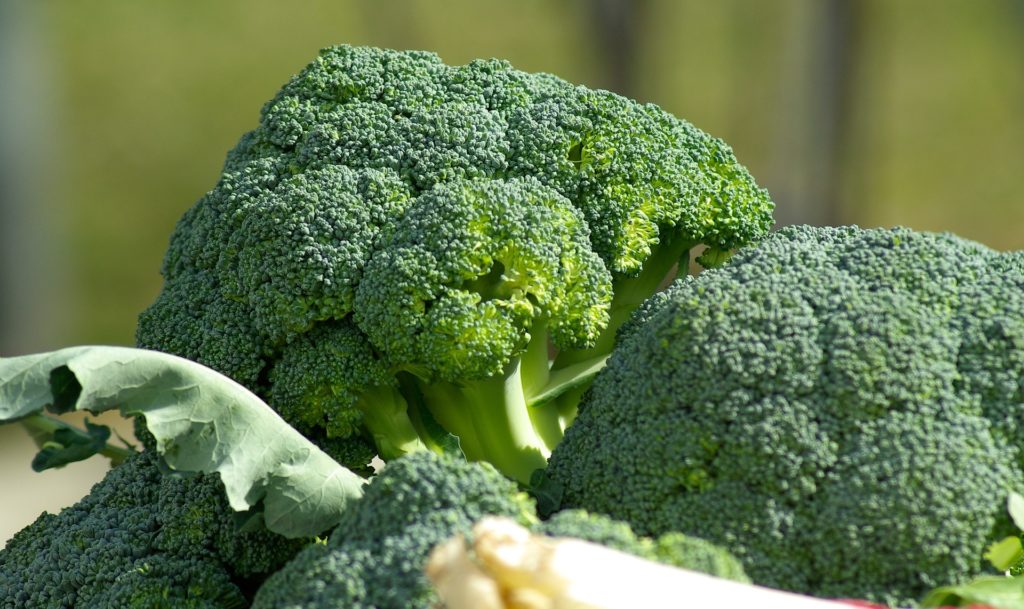
Broccoli is a nutrient-dense vegetable that is perfect for planting in March. This member of the Brassica family thrives in cool weather and prefers full sun. Starting seedlings indoors a few weeks before the last frost allows for an earlier harvest.
When transplanting broccoli seedlings, ensure to plant them 18 to 24 inches apart in rows that are 36 inches apart. Broccoli requires consistent watering, especially during dry spells, and mulching can help retain moisture and suppress weeds.
Cauliflower
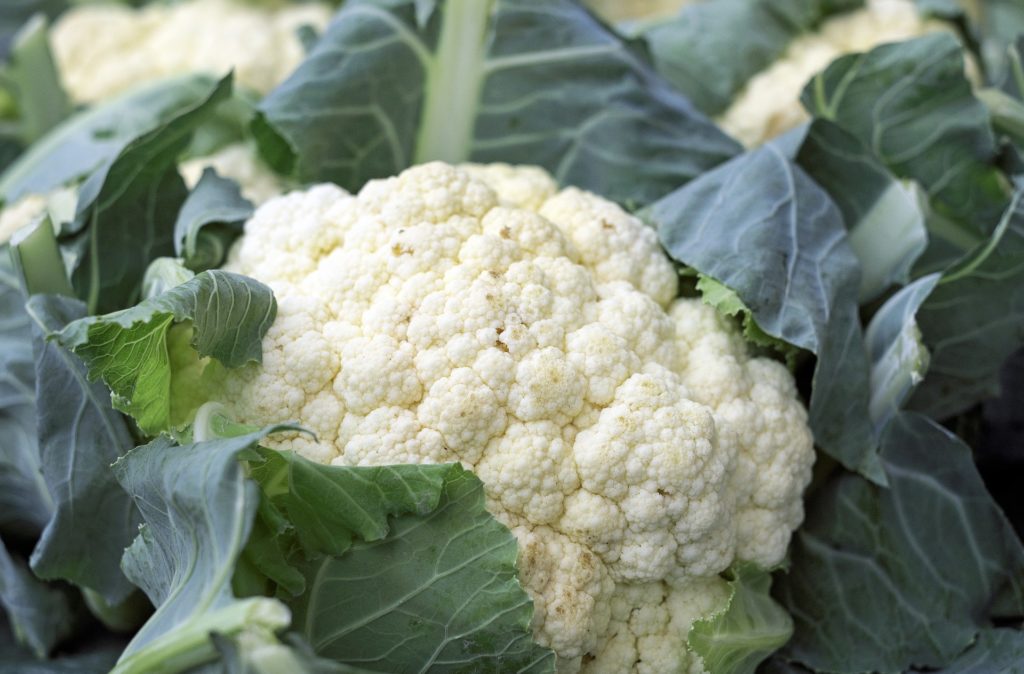
Like broccoli, cauliflower is another member of the Brassica family and thrives in the cool temperatures of early spring. Greener varieties planted in March can be ready to harvest in about 60 to 80 days. It’s important to choose a variety suited to your climate and soil.
As with broccoli, you can start your seeds indoors or sow them directly in your garden. When planting, space seedlings 18 to 24 inches apart. Cauliflower requires rich, well-drained soil and regular watering to prevent the heads from becoming too woody.
Onions
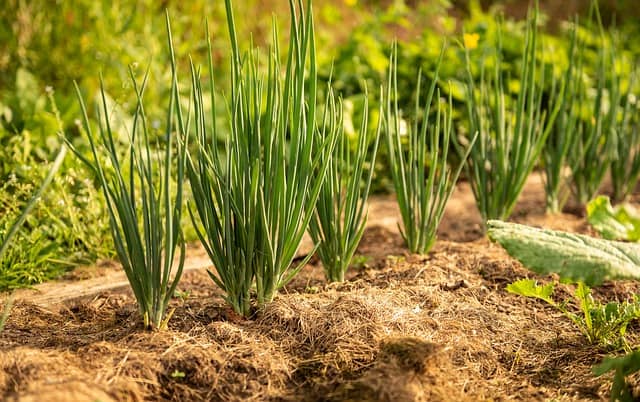
Onions are a staple in many pantries, and March is the ideal time to plant onion sets or seeds, depending on your choice. They prefer well-drained soil enriched with organic material and grow best in full sun.
Plant onion sets about one inch deep, spacing them 4 to 6 inches apart. If you’re starting from seeds, sow them ¼ inch deep and thin them out as they grow. Onions need consistent moisture, especially in the early stages of growth, to thrive.
Leeks
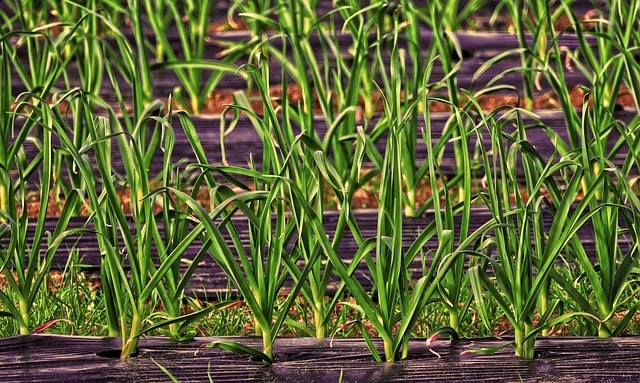
Leeks are a wonderful culinary addition that can be a bit more forgiving than onions. They enjoy cooler temperatures and can be planted in early March. They require well-drained, rich soil that retains moisture.
To grow leeks, start by sowing the seeds indoors and transplanting them after a few weeks or sow them directly in the garden by spacing them 6 inches apart and planting them about 1 inch deep. Keep the soil moist and consider earthing up around the base of the plants as they grow to ensure longer white stalks.
Parsnips
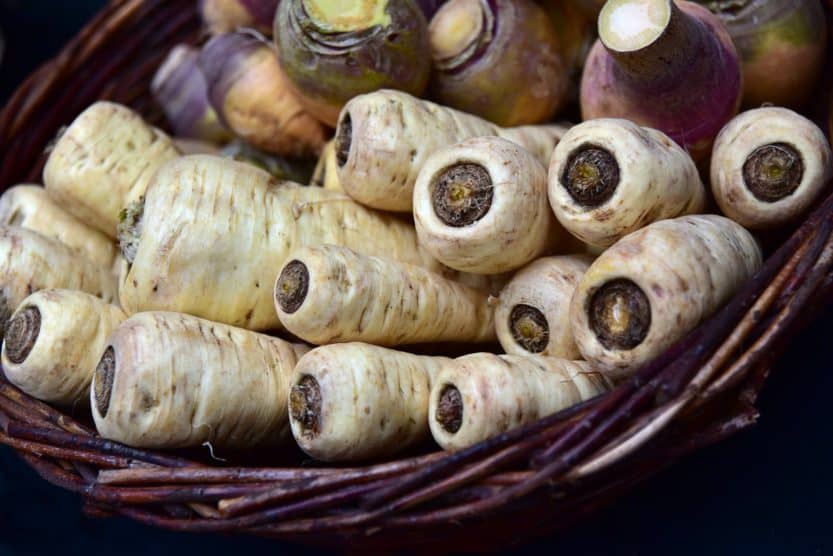
Parsnips are a sweet and nutritious root vegetable that can be sown in March. They thrive in deep soils that are free of stones. The germination period for parsnips can be a bit longer, taking about two to three weeks, but their sweet flavor after frost makes them worth the wait.
Plant parsnip seeds about ½ inch deep and 2 to 4 inches apart. Because parsnip seeds may take longer to sprout, it’s essential to keep the soil adequately moist until emergence. Thinning will be crucial, as crowded plants will yield smaller roots.
Turnips
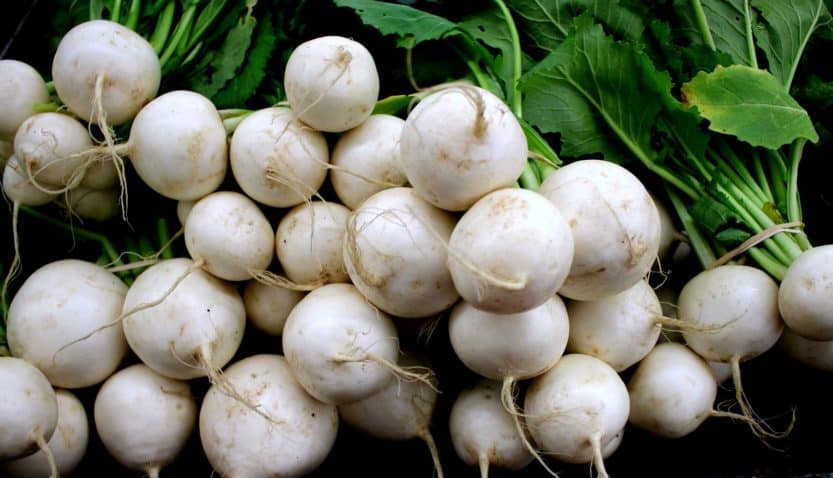
Turnips are a dual-purpose crop; both the roots and greens are edible. These hardy vegetables prefer cooler weather and can be planted in March for a late spring harvest. They grow best in loose, fertile soil.
Sow turnip seeds about ½ inch deep and 1 inch apart, with rows spaced about 12 inches apart. Keep the soil consistently moist, and be sure to thin out the seedlings, leaving adequate space for the roots to develop without competition.
Swiss Chard
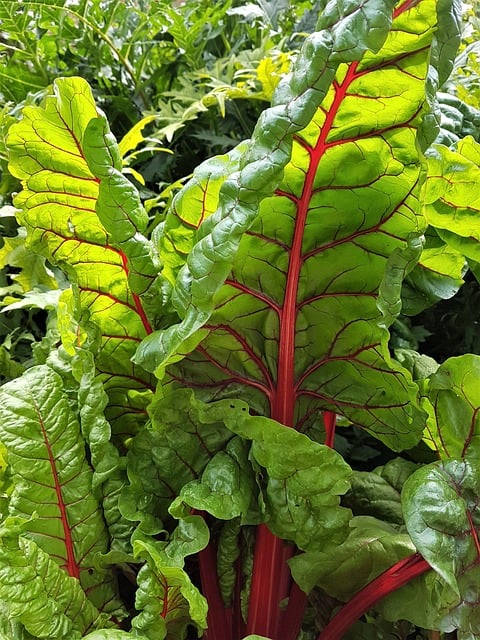
Swiss chard is a vibrant leafy green that can add color to your garden. It grows well in March and can tolerate light frost. This nutritious vegetable can be harvested continually, making it a great choice for those who want a sustained yield.
Sow seeds about ½ inch deep and 2 inches apart, in rows spaced 18 inches apart. Swiss chard thrives in well-drained soil enriched with organic matter, and regular watering will promote healthy growth.
Cabbage
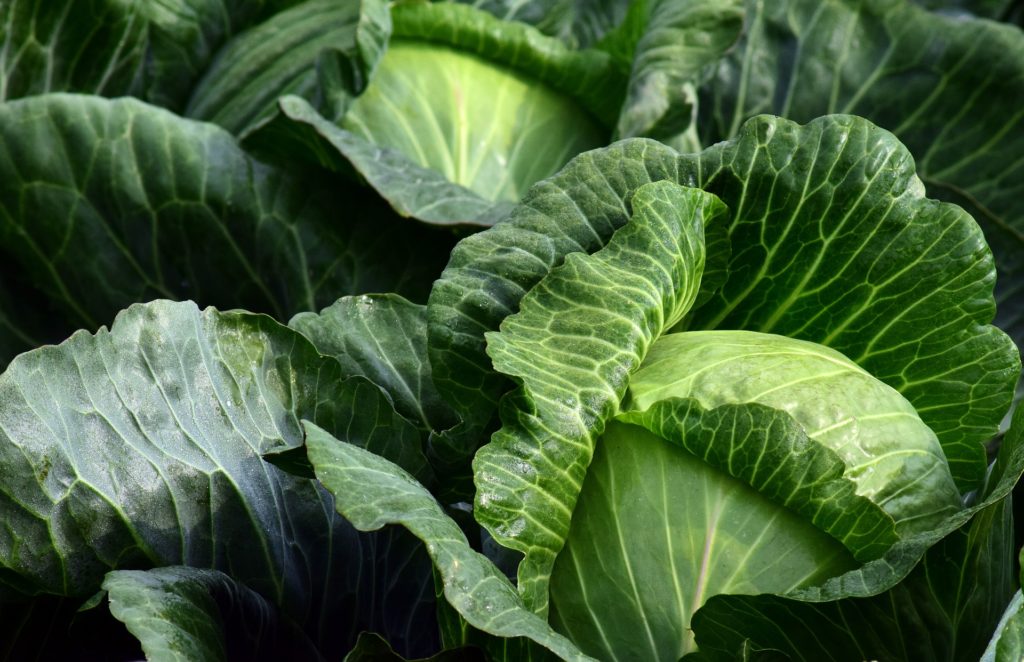
Cabbage is a great choice for March planting and is ideal for cooler weather. It can be used in numerous dishes from salads to soups. Planting cabbage is straightforward: you can start seedlings indoors or sow directly in the garden.
When sowing cabbages, space them 12 to 24 inches apart, depending on the variety. They should be planted about ½ inch deep. Cabbage prefers nutrient-rich, moist soil with good drainage to thrive.
Collard Greens
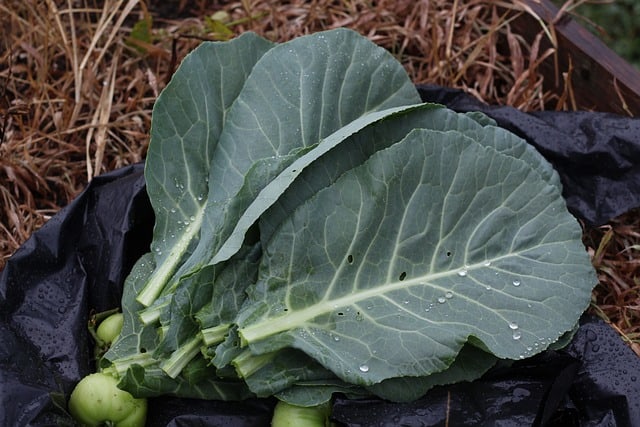
Collard greens are highly nutritious leafy vegetables that thrive in cooler weather. These plants can be sown in March and can withstand frost, making them perfect for early spring planting. Collard greens are also fairly easy to grow, making them suitable for beginners.
Sow the seeds about ½ inch deep and spaced 12 to 18 inches apart. Prepare the soil by adding compost to improve nutrient levels. Regular watering and mulching around the plants can help retain moisture and suppress weed growth.
Brussels Sprouts
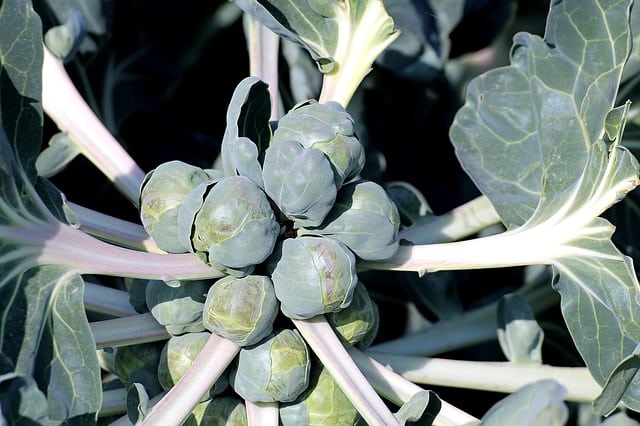
Brussels sprouts grow best in cool weather, making March the ideal month to start planting them. These tiny cabbages may take a longer growing season but are rewarding for their unique taste and versatility in cooking.
Begin planting by either starting seeds indoors or directly seeding in the garden in March. Space the seedlings approximately 18 to 24 inches apart in rows of 30 inches. Consistent moisture is critical for these plants, along with ample sunlight.
Fennel
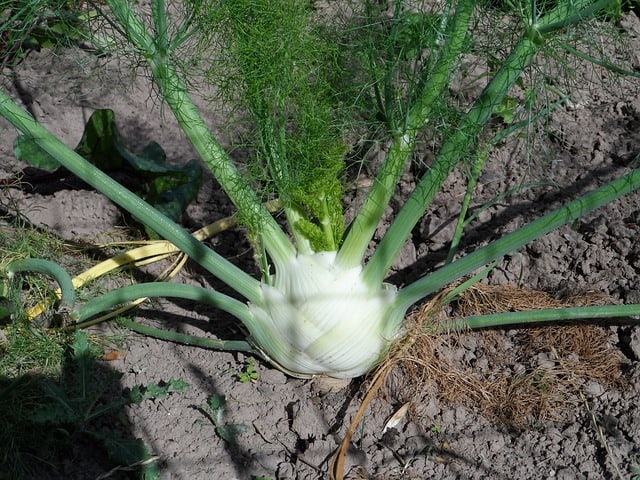
Fennel is another aromatic plant that thrives in the cooler temperatures of March. It is used in many culinary dishes for its unique flavor profile. Fennel can be grown for its bulb, stalks, or feathery fronds.
When planting fennel, space seeds about 1 inch apart and plant them about ½ inch deep. Fennel prefers full sunlight and thrives in well-drained soil rich in organic matter. Regular watering and avoiding overcrowding will help ensure the best growth.
Mustard Greens
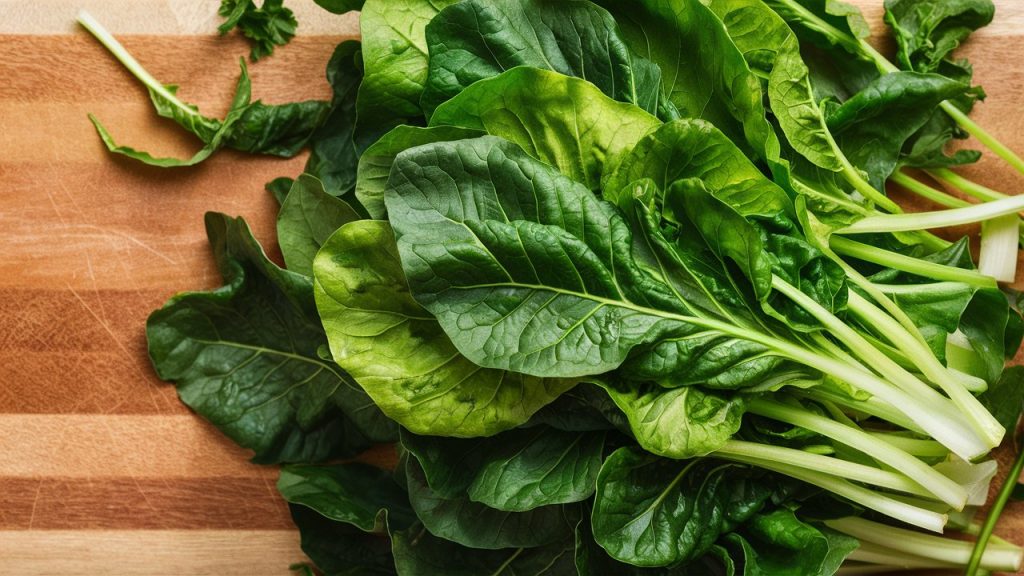
Mustard greens are leafy vegetables that grow quickly, making them perfect for March planting. They prefer cooler weather and can add a spicy kick to salads or sides.
Sow mustard green seeds about ¼ inch deep and space them 4 to 6 inches apart. Mustard greens thrive in rich, well-drained soil and require regular watering to prevent them from becoming tough or bitter.
Asparagus
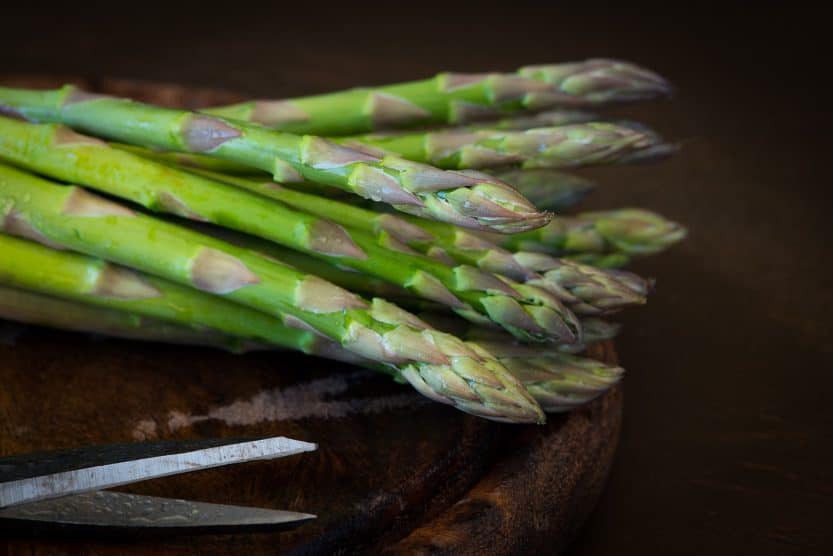
Asparagus is a perennial vegetable that can be planted in March for a multi-year harvest. While it requires patience (the first harvest will usually be after two to three years), asparagus is incredibly rewarding for gardeners.
Plant asparagus crowns about 6 to 8 inches deep, spacing them 12 to 18 inches apart in rows that are 4 to 5 feet apart. Asparagus prefers fertile, well-drained soil and regular watering is crucial during its establishment phase.
Ornamental Plants
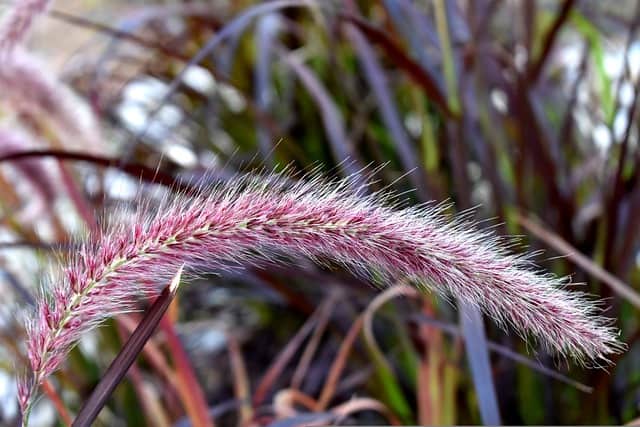
In addition to the vegetables listed above, March is an excellent time to plant ornamental plants that can enhance your garden’s beauty.
Roses
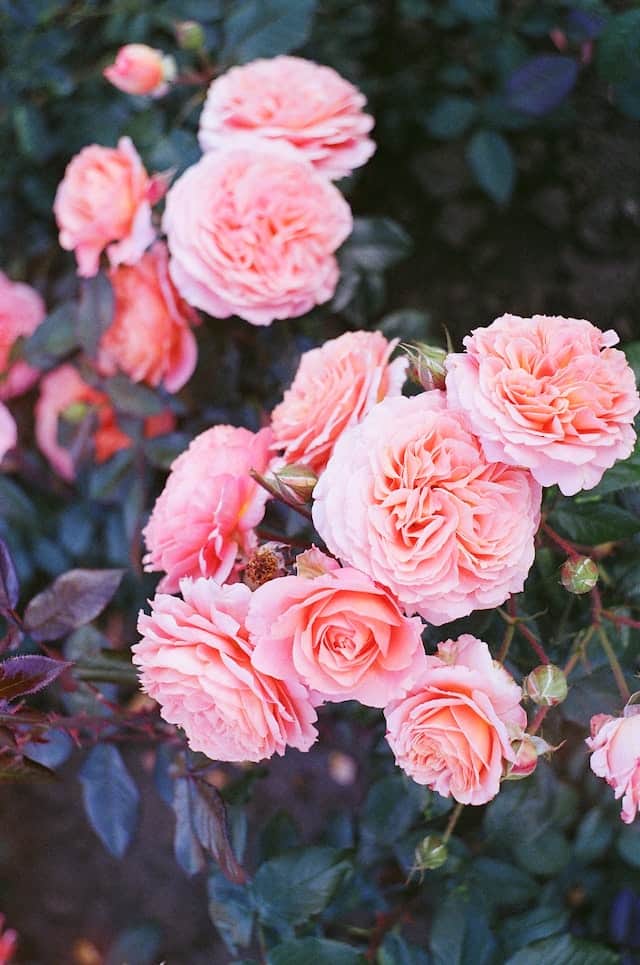
Roses are the quintessential ornamental flower and can be planted in March when the risk of frost is minimal. Choosing the right variety for your climate is essential for successful growth. They thrive in areas with good sunlight (at least 6 hours a day) and well-drained soil.
Ensure that you prepare the planting site well, incorporating compost or other organic matter. Space the rose plants according to the variety and water them well after planting. Regular pruning and care will ensure magnificent blooms throughout the growing season.
Azalea
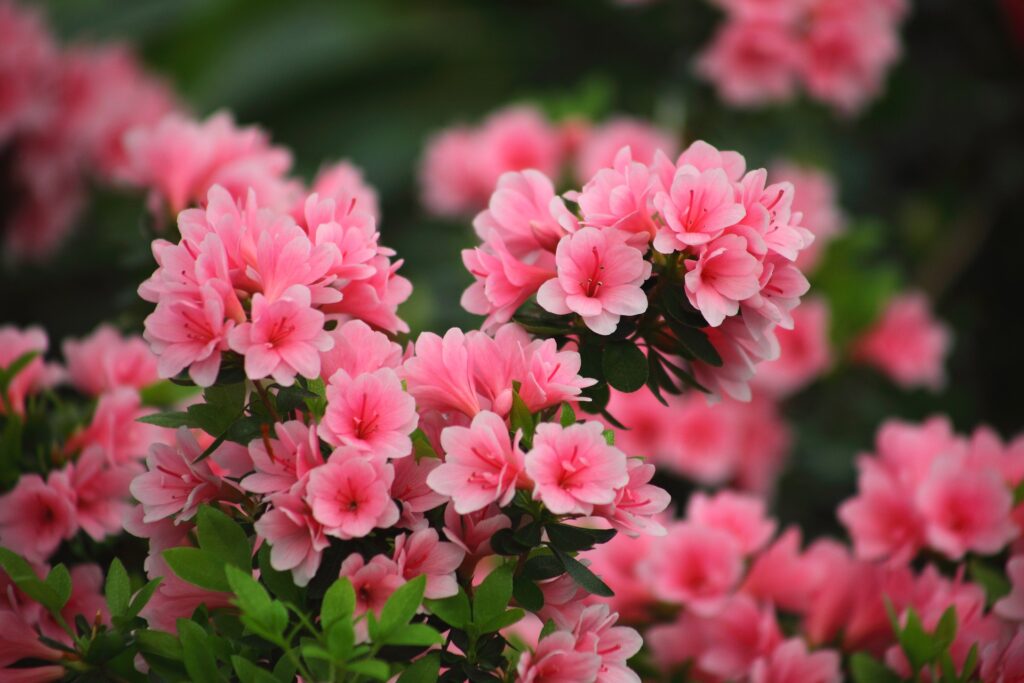
Azaleas are stunning flowering shrubs that provide vibrant colors in spring. March is a great time to plant both deciduous and evergreen varieties. Azaleas prefer acidic, well-drained soil and partial shade to thrive.
When planting azaleas, dig a hole twice the width of the root ball and ensure the top of the root ball is level with the soil surface. Mulch around the base can help retain moisture, and regular watering is essential during their establishment phase.
Cherry Blossom Trees
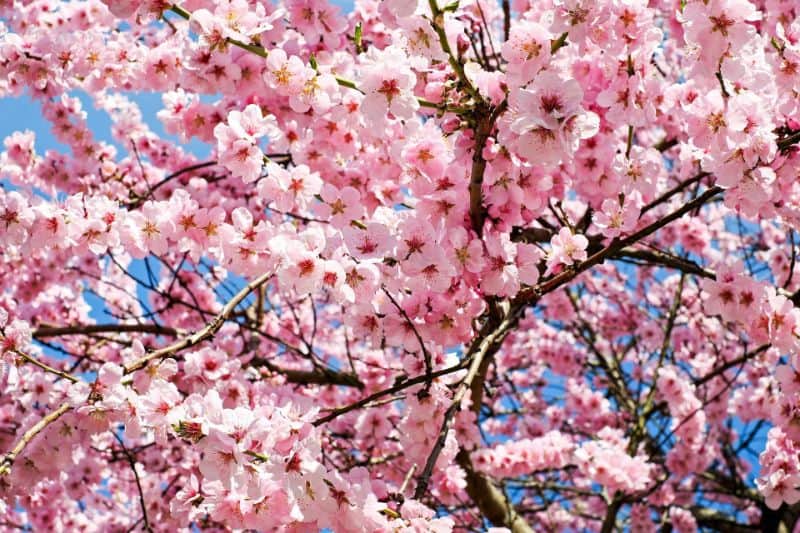
Cherry blossom trees are a beloved spring feature known for their breathtaking blooms. March is an ideal time to plant these trees in well-drained, slightly acidic soil. They thrive in full sun and need sufficient space to grow.
When planting a cherry blossom tree, dig a hole that’s three times the size of the root ball and place it at the same depth as it was in the container. Regular watering during dry spells after planting will help promote strong growth.
Lemon Trees
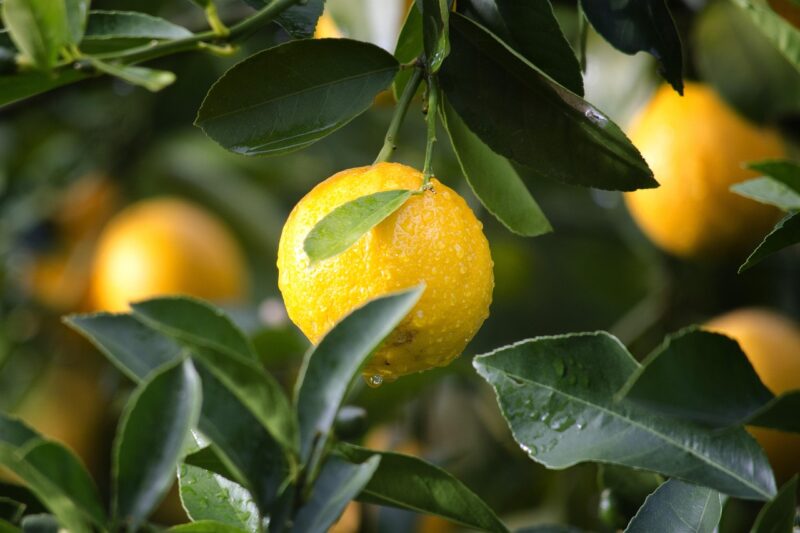
For gardeners in warmer climates, planting lemon trees in March can yield delightful, fresh fruit. Lemon trees thrive in full sunlight and prefer well-drained, sandy soils.
When planting, ensure that the hole is large enough for the root system. Water the tree thoroughly after planting and provide a layer of mulch to help retain moisture. Regular pruning and care will promote healthy growth and fruit production.
Wax Begonia
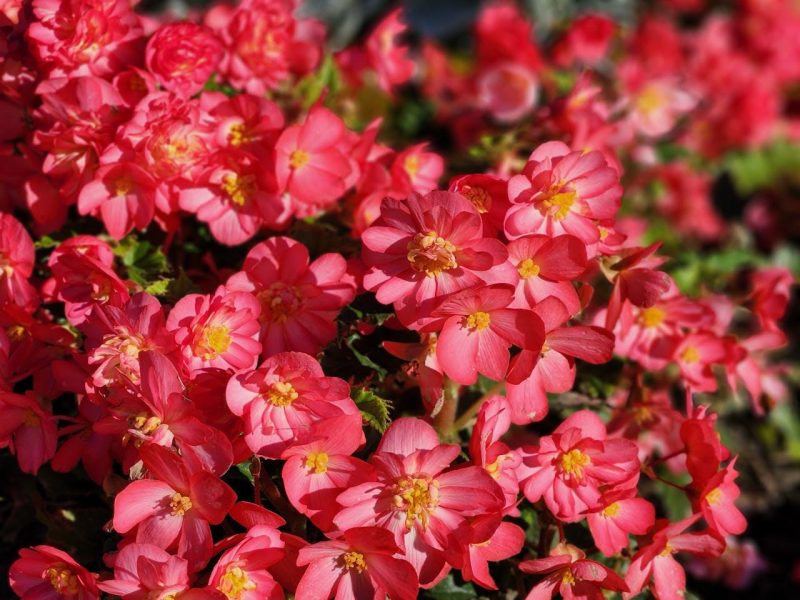
Wax begonias are popular for their vibrant foliage and ability to thrive in shaded areas. They are excellent for borders or containers and can be planted in March after the last frost. Wax begonias prefer well-drained soil and can tolerate a variety of conditions.
Space the plants about 6 to 12 inches apart, depending on the variety. Water them thoroughly after planting and maintain consistent moisture. Fertilizing every few weeks can encourage more blooms throughout the growing season.


